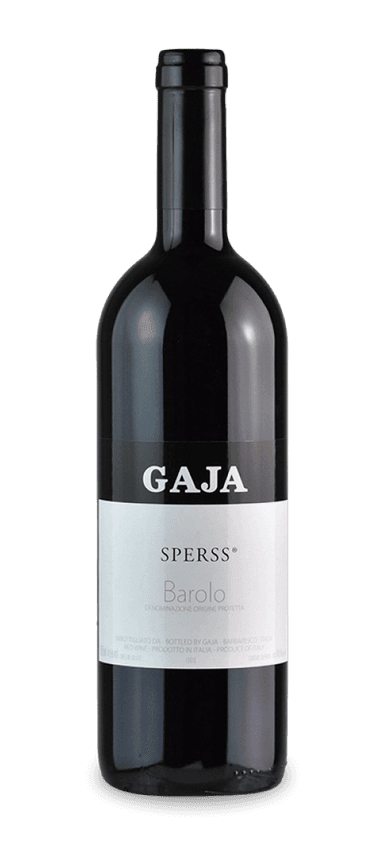- Home/
- Wine Directory/
- Italy/
- Piedmont/
- 2008 Gaja, Barolo, Sperss
Market Data
| Date | Price | Quanity | Platform |
|---|
No Recent Sales Data
The estimated market price factors in data from multiple sources; however, the transaction history shown here reflects sales completed on the Vinovest platform only. Additional transaction data from other marketplaces will be available in future updates.
Where is my wine stored?
Rest easy knowing your wine is in expert hands. We take care of all the storage and handling details for you. Plus, you're always welcome to come by and check out your wine in person.



- Secure Storage
- 100% Insurance
- Legal Protection
Conditions Standards & Authentication
Condition Standards
- All bottles are inspected for label and cork condition
- Fill levels are verified and documented
- Stored in temperature and humidity controlled facilities
- Original packaging preserved when available
- Professional handling and transport protocols
- Condition notes provided for each lot
Authentication Process
- Source Verification
All assets traced to verified sources
- Expert Authentication
Professional assessment and verification
- Secure Storage
Professional facility with full insurance
- Platform Listing
Available for verified investment

